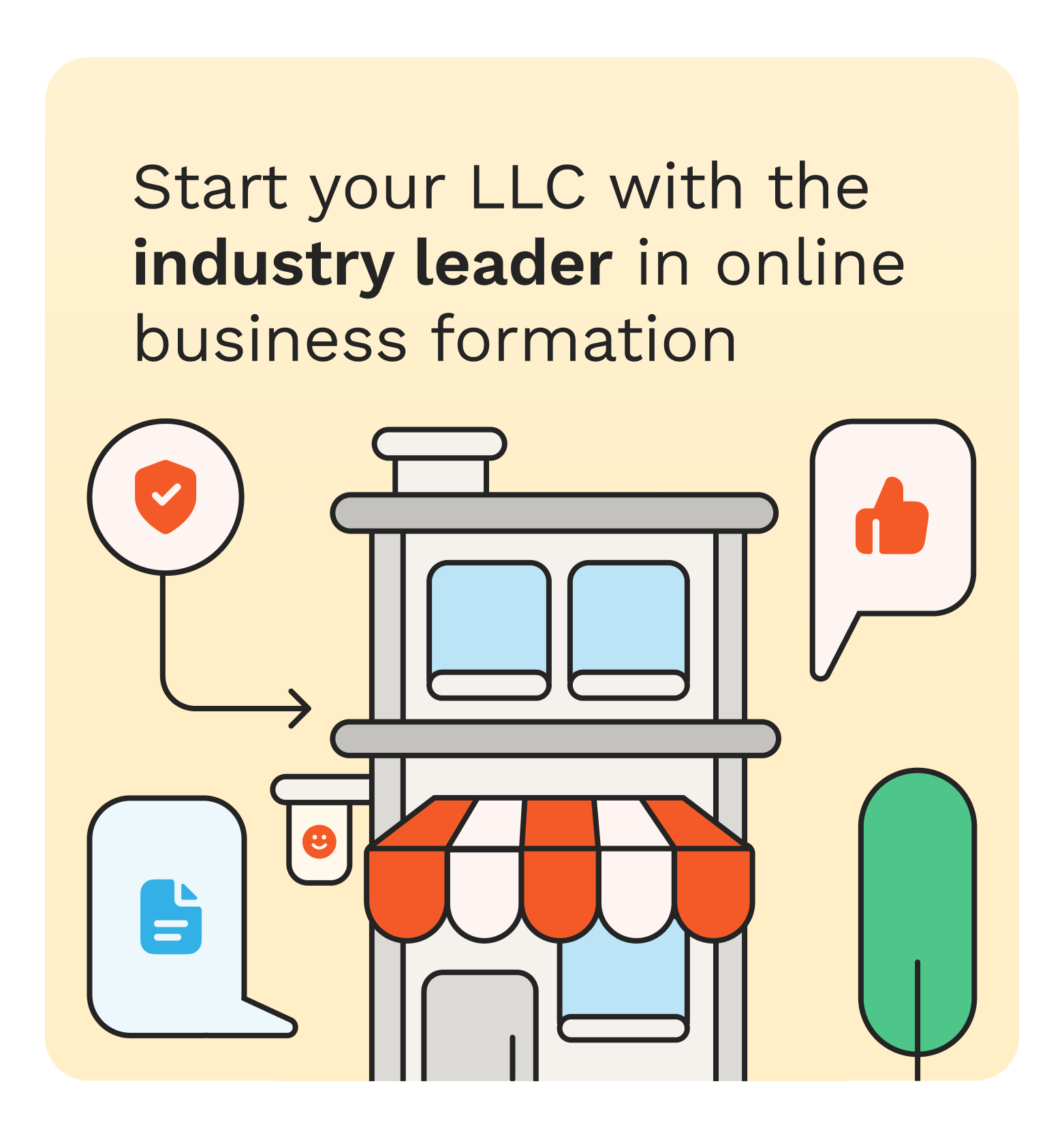The transportation industry is competitive, dynamic and always changing. For CEOs, converting logistics into a strategic advantage can determine success over the long haul.
Streamlining Operations With Data
Contemporary transportation companies create an enormous quantity of data on a constant basis, everything from fuel consumption and delivery times to wear and tear on vehicles. CEOs who keep analytics as their core drive their companies towards reducing waste and increasing profitability more effectively. Information is more insightful than raw gut feelings. For instance, knowing which routes repeatedly lead to delays and which shipping lanes provide greater efficiency enables decision-makers to act with assurance.
Investing in intelligent transport management systems consolidates data flows into usable dashboards. These tools automatically help you identify inefficiencies and recommend optimisations, allowing executives to manage by exception rather than being swamped with reports. With data at the helm, day-to-day decisions result in long-term benefits. Monitoring service times and peak-hour inefficiencies also enables targeted adjustments that improve customer satisfaction and decrease the cost of overtime. It enhances supplier relationships as well by providing more predictable delivery performance and less disruption to operations.
Investing in Scalable Technology
Picking technology that scales keeps your investments today from becoming tomorrow’s obstacles. Software that can grow with your team and hardware that accommodates future logistics standards are crucial. CEOs need cloud-based platforms capable of supporting more and more fleets, handling real-time updates and providing high-quality mobile access. An example is digital route planning software that dynamically reroutes according to real-time traffic and weather conditions. These applications don't just speed up your deliveries but also reduce fuel consumption. Small savings add up rapidly if repeated over hundreds of trips. The technology cost today is more than offset by operational efficiencies tomorrow. Transport leaders who future-proof early on save time and money in the future. And scalable solutions minimize training time as employees readily adjust to upgrades and they minimize integration risk when entering new markets or locations.
The Advantages of GPS Tracking Systems
A foundation of current fleet management is visibility and nothing does it as well as GPS tracking. CEOs who implement advanced fleet GPS tracking technology equip their logistics teams with accurate, real-time control over every vehicle. It gives critical insights beyond location alone and includes information about vehicle speed, idle time, driver behavior and maintenance scheduling, all contributing to cost management and safety.
By eliminating inefficiencies such as extended idling, detours, or suboptimal routes, organizations minimize vehicle wear and decrease fuel costs. Real-time tracking also improves customer service through faster and more informed delivery estimates and greater accountability. CEOs must see GPS as more than a tracking device but rather as a platform for an intelligent, profit-driven transportation strategy. Visibility generates control and control generates higher margins. Predictive analytics based on GPS data is also possible to pinpoint possible delays ahead of time, further sharpening logistical performance and enabling scalable operational planning.
Increasing Driver Retention with Productivity Tools and Job Satisfaction
Happy drivers are productive drivers. Automation and data have a major role in operational excellence, but people are still at the heart of the trucking industry. CEOs must enhance drivers' working conditions and everyday experiences if they want sustained high-quality performance.
Initiatives, including fair rotation of routes, timely payment schemes and ongoing training opportunities, encourage the driver to feel valued. In addition, inclusion of tools that minimize stress, such as navigation tools or in-cab notifications, can minimize burnout and turnover. When drivers remain in their jobs for extended periods of time, recruitment and training expenses decrease significantly and productivity is high. By hearing from drivers and taking action based on their concerns with tangible changes, CEOs develop a more stable and high-performing driver workforce. Strong internal communication and recognition programs also lead to job satisfaction and encourage drivers to maintain road safety and efficiency standards.
Strategic Partnerships to Expand Markets
Increasing profit margins is not solely about reducing expenditure—it’s also about tapping into additional revenue streams. Partnerships enable transport businesses to increase volumes without over-saturating internal capacity. These partnerships might involve agreements with warehouse firms, overseas logistics companies, or even local couriers. For instance, partner with a third-party provider from a geographic area you do not yet occupy and you suddenly have access to additional markets at little risk. Those CEOs who go out and proactively look for mutually advantageous partnerships build stronger and more lucrative business models. Partnerships provide combined technologies, marketing exposure and combined customer bases as well. Instead of going alone, shrewd chiefs establish a network that stretches their capabilities and their reach. These partnerships tend to have mutual advantages, including shared risk, shared resource investment, and co-developed innovation that fuels both operational power and marketplace flexibility.
Transport industry CEOs have more than their fair share of challenges to overcome—but they also have an enormous array of tools and approaches to drive profitability to its fullest extent. With data-driven management, scalable technology, leading-edge tracking, engaged workforces and smart partnerships, leaders can design effective, future-focused organizations. Long-term prosperity is built on informed decisions now that welcome change, drive performance to its peak and harness people and technology in collaboration.














